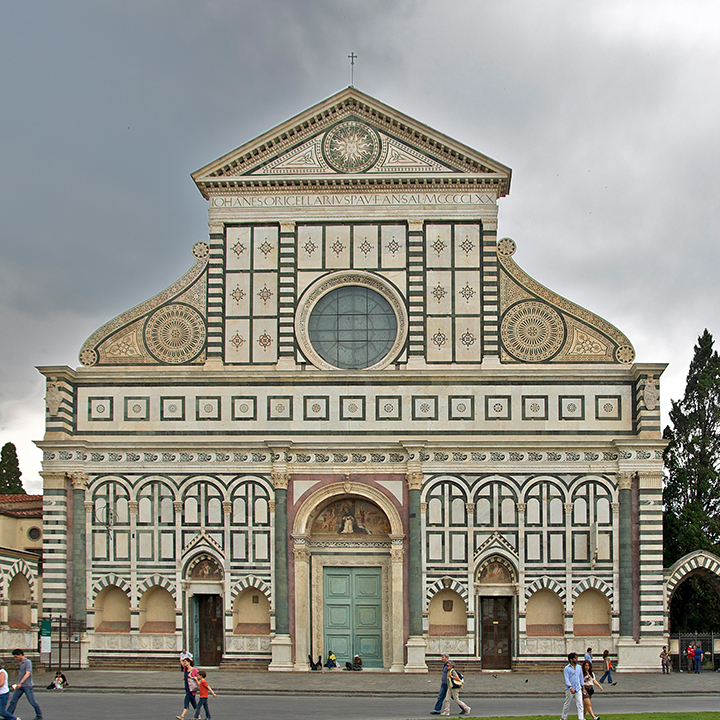Leon Battista Alberty on the Art of Building
Combining practical and theoretical knowledge is essential in any profession. This is especially true in architecture, where attention to detail manifests in both design and the built environment. Leon Battista Alberti’s essay On the Art of Building in Ten Books emphasizes this kind of particularity. Although some observers may characterize his approach as over-bearing micro-management, Alberti’s insistence on dissecting every architectural detail and defining specific rules based on architectural history established a solid foundation for both theory and practice. More significantly his emphasis on even the smallest details offers a compelling example for contemporary architects, particularly when it comes to combining innovative design with established precedents and best practices.
“Leon Battista Alberti was more versatile than a triathlete. He could throw farther, jump higher, ride a horse faster, write a play better, compose a piece of music more sprightly, and design buildings more skillfully than 99.9 percent of the other near geniuses who populated the [Renaissance] era.”.
–Carol Strickland, Ph.D.
Alberti always recognized the importance of precedent. “Since we are to treat of the lineaments of buildings,” he notes in his assay, “we shall collect, compare, and extract into our own work all the soundest and most useful advice that our learned ancestors have handed down to us in writing, and whatever principles we ourselves have noted in the very execution of their works.” This first sentence captures the essence of his approach. By acknowledging the “soundest and most useful advice,” he is embracing established theory as the basis for architectural practice. By incorporating “principles we ourselves have noted,” however, he draws directly on his own practice to refine and advance the theory. In this manner, theory and practice are each engaged in the same dynamic discourse—one where each examines and enriches the other.


Every Aspect of a Building
Alberti examined every aspect of building, starting with a site’s climatic characteristics. Much of this discussion considers the health implications associated with a particular climate. Yet Alberti also addressed seemingly minor questions, such as the reflection of sunlight on water. “South-facing coastlines are not recommended,” he observes, “primarily because the reflected rays of the sun afflict them with two suns, in effect: one burns down from the sky, the other up out of the water.”
At the core of Alberti’s designs is an emphasis on pure geometry—such as the perfect forms of the square and circle—and natural balance. His goal was not simply to build functional structures, but those in which each element existed in harmony with the other. “Just like in music, where deep voices answer high ones, and intermediate ones are pitched between them, so they ring out in harmony,” the object was to create “a wonderfully sonorous balance of proportions… which increases the pleasure of the audience and captivates them” in much the same manner as “everything else that serves to enchant and move the mind.” [Alberti, 1450]
The value of such mastery cannot be overstated. Although Alberti’s work reflects some the assumptions and superstitions of the late fifteenth century, his unique capacity to blend architectural theory and practice gives greater depth and meaning to the broader profession. What is more, his emphasis on even the smallest nuances and particularities demonstrates that true architecture encompasses more than designing a building. Equally important is the capacity to integrate different sources of knowledge in a manner that ensures that each artistic innovation is built upon a solid substantive foundation. For these reasons, On the Art of Building in Ten Books remains a highly relevant work.
Bibliography
Albberti, L. B. (1450). On the Art of Building in Ten Books. Florence
Carol Strickland, P. (2001). The Annotated ARCH. A crash Cource in the History of Architecture. Kansas City: Andrews McMeel Publishing.







